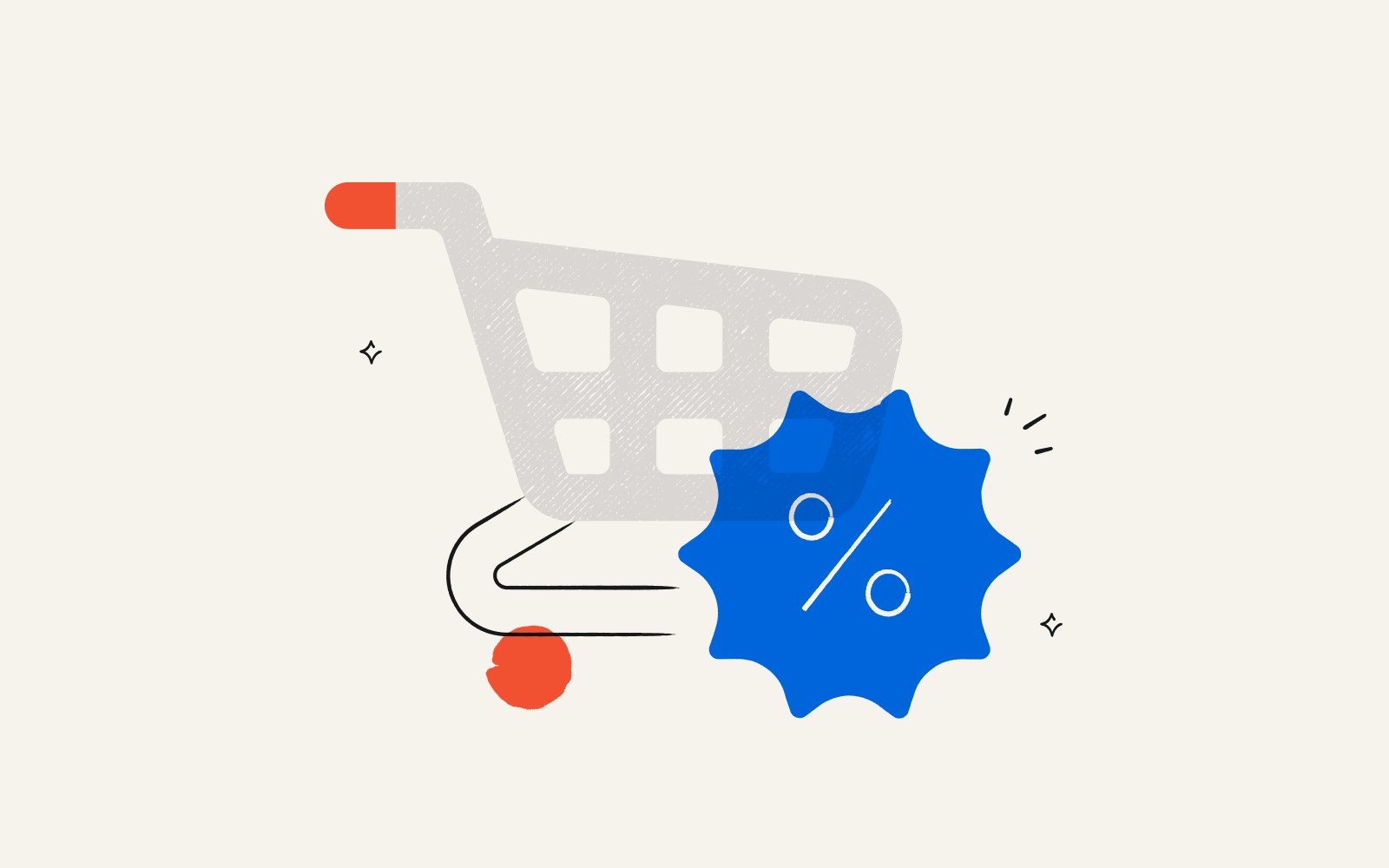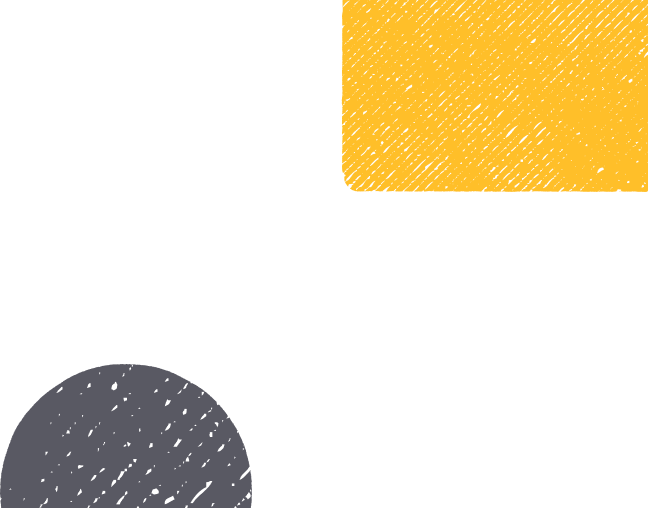How CPG brands can leverage consumer promotions
By Zach Links●6 min. read●Mar 14, 2025

The right CPG promotion can attract new customers, encourage loyalty, and differentiate your product from competitors — as long as you use an effective strategy. Poorly executed promotions may train consumers to wait for discounts and could hurt your brand's perceived value, so it’s important to choose your tactics carefully.
To help you set up winning CPG promotions, this article goes over the most impactful types of CPG strategies and explores real-life examples of successful campaigns. You’ll also get practical tips for integrating promotions into your broader marketing strategy in a way that boosts your brand.
The role of consumer promotions in CPG marketing
Consumer promotions trigger near-term action through tangible rewards or perceived value. They complement your CPG brand's broader marketing strategy, especially in a few key areas:
1. New product promotion
Trial generation is one of the most difficult challenges in CPG marketing, with 80% of new products failing to meet sales goals in their first year. Strategic promotions such as sampling, first-purchase discounts, and introductory offers can overcome initial resistance and win new customers at product launch.
2. Consumer research
Consumer promotions provide valuable data on price sensitivity and consumer behavior. Marketers can test various discount levels to identify the right price points and promotional types for different consumer segments. This strategy also helps optimize future marketing investments and prioritize product development.
3. Retail partnerships and distribution
Retailers tend to favor brands with strong promotional calendars that drive store traffic and increase category sales. Consistently effective CPG promotions can improve retail partner relationships and help you land premium shelf placement often reserved for larger brands.
Types of consumer promotions
Here’s a look at different types of CPG promotions, starting with the tried-and-true limited-time discount.
Temporary price reductions
Temporary price reductions (TPRs) are straightforward discounts designed to create immediate price appeal. Coupons and bundle deals work particularly well in the food and beverage space, where one study found that 50% of TPRs expanded revenue for the entire associated product category.
Keep in mind that price promotions should offer meaningful savings without training consumers to expect permanent price cuts. The right discount and promotional length will vary depending on your business’s specific category and competitive landscape.
Product sampling
Sampling programs let consumers try before they buy. Options like in-store demos, direct mailers, and online promotions allow consumers to either test out new products in person or get samples delivered directly to their homes.
Product sampling works particularly well for showcasing experiential benefits that you can’t express through advertising alone. You could try to highlight the mood-enhancing benefits of a lavender body wash in an Instagram reel, but consumers can experience the benefits themselves with a sample packet.
Loyalty programs
Loyalty programs reward repeat customers and can be particularly effective for frequently purchased CPG items. Plus, modern loyalty programs with mobile apps can gather valuable consumer data while delivering personalized offers.
Successful loyalty programs balance attainable short-term rewards with aspirational long-term benefits. A well-designed program might offer a $5-off coupon after five purchases to drive short-term engagement and grant points towards premium product bundles after ~15 purchases.
Contests and sweepstakes
Contests and sweepstakes are great for businesses on a budget. These promotions generate excitement, and they typically require less discount depth than direct price reductions. Ultimately, the prize’s perceived value and attainability matter more than the actual monetary value.
As an example, a CPG company could offer a 15% discount on a $10 product across 1,000 units at a cost of $1,500 in reduced margin. Or, it could offer a single $500 prize that generates the same sales volume plus 3,000 email addresses. The sweepstakes would cost only one-third as much, build a valuable marketing database, and create brand engagement that lasts beyond the promotional period.
Rebates and cashback
Traditional mail-in rebates are an outdated hassle with predictably low redemption rates. But modern rebate programs, like cashback offers, are especially attractive to young consumers — 74% of Gen Z shoppers and 70% of millennials will spend more when they’re getting cash back.
Rebates that offer post-purchase rewards protect front-end margins and deliver consumer value with minimal redemption friction. For example, a premium CPG brand could offer a $10 digital gift card rebate with the first-time purchase of a product. And with a modern incentives platform, the company could easily track its redemption rates and total reward expenditure — all while maintaining higher perceived product value than with a flat discount.
When to use promotions
New product launches, seasonal sales peaks, and competitor product launches all offer prime opportunities for CPG promotions.
New product launches
When you launch a new item, strategic CPG promotions can influence consumer purchase choices and help you overcome friction. Design your new-product promotions to work in environments your ideal audience already spends time in. For example, a supplements brand could offer trial-size samples of its plant-based protein powder at gyms where people are already thinking about their post-workout shake.
Targeted placements increase the likelihood of trial while keeping your promotional investment low.
Seasonal sales peaks
Seasonal peaks in category sales provide natural windows for promotional activity. Planning promotions around these predictable demand surges allows brands to capture a larger share of already active consumers. For example, a sunscreen brand could offer bundle deals in early summer when consumer interest naturally rises, maximizing its ROI by targeting already in-market consumers.
Competitor product launches
When competitors launch new products or run aggressive promotion campaigns, strategic counter-promotions can protect market share. Just be sure to avoid price wars. Instead of matching competitor discounts directly, consider alternative value-adds like bundle offers or loyalty rewards.
CPG brands can also use sales promotions to leverage their strength across categories. For example, a successful salsa brand launching tortilla chips might offer bundle discounts that encourage consumers to try both products together, transferring brand equity while driving trial in the new category.
Successful consumer promotion campaigns
Here are two real-world examples to inspire your future CPG promotions:
1. Kellogg's Rice Krispies Treats DUNK'd Bars
Kellogg's launched Rice Krispies Treats DUNK'd Bars in 2020. At the time, shoppers were trying to minimize their time spent in stores due to the pandemic.
The food giant used $1-off mobile coupons to attract frequent convenience store shoppers. And to capture customers who were already near a point of purchase, Kellogg's promoted the discount with Gas Station TV (GSTV) ads.
This touchpoint proved effective at disrupting traditional shopping patterns. The ads put the product top-of-mind just before a potential c-store visit.
The results
Kellogg’s sales promotion drove an 11.6% increase in DUNK'd Bars sales. And that momentum carried over to nearby outlets with improved sales in nearby grocery stores and Walmart locations.
Rather than relying on broad awareness advertising, Kellogg's used targeted incentives to drive immediate trial. The mobile coupon format eliminated friction in the redemption process, making it easy for shoppers to act on the promotion without additional planning.
Ultimately, this campaign shows how tight integration between promotion, product, and place can create a seamless path to purchase.
2. JewelScent’s giveaway
Candle company JewelScent ran a week-long giveaway promotion around St. Patrick's Day. The grand prize: green candles with an MSRP of $25.
The promotion was distributed through multiple channels, including the company’s website, email lists, social networks, and sweepstakes sites. JewelScent gave every entrant a 10% off promo code right after signup, encouraging immediate purchases. The company also sent a consolation email with the same discount to non-winners after the promotion ended, doubling their chances at conversion.
The results
The budget-friendly giveaway generated $15,000+ in revenue in seven days. That number includes ~$10,000 in direct revenue from buyers who immediately clicked through to purchase, plus ~$5,000 in indirect revenue from related emails and social media posts. JewelScent also scored 7,200 new email subscribers and ~16,000 social media shares.
JewelScent's success demonstrates how a CPG promotion with a strategic follow-up can generate both immediate sales and build a marketing database for long-term value.
Tips to integrate promotions into your marketing strategy
Effective CPG promotions don't exist in isolation — they must be integrated into your broader marketing strategy to maximize ROI. Drive short-term sales and build long-term brand value with these guidelines:
Align promotions with your brand positioning: Discount-heavy promotions can damage premium brand perceptions. Choose promotional types that reinforce your brand values and positioning while still delivering consumer value. Premium brands might favor exclusive experiences or loyalty rewards over direct price cuts.
Develop an annual promotional calendar: Planning prevents reactive discounting that can erode margins and train consumers to wait for deals. Map out a 12-month calendar that balances promotional intensity across channels, accounts for seasonal opportunities, and aligns with your broader marketing campaigns.
Leverage first-party data for personalized promotions: Generic promotions can waste resources on already-captured consumers or, even worse, consumers who are unlikely to convert. Protect your margins by using customer purchase history, engagement data, and demographics to tailor promotions to specific segments.
Measure beyond redemption rates: Successful promotions drive long-term behavioral changes, not just short-term sales spikes. Track metrics like repeat purchase rates, category penetration, and share of wallet changes to understand the true ROI of customer acquisition and optimize your future promotions.
Create an integrated omnichannel experience: Consumers discover products online but may purchase in-store or vice versa. Ensure promotional offers are consistent and redeemable across channels, with mobile-friendly formats that eliminate friction. Digital promotions that support brick-and-mortar purchases (like Kellogg's GSTV campaign) can be particularly effective for CPG brands.

